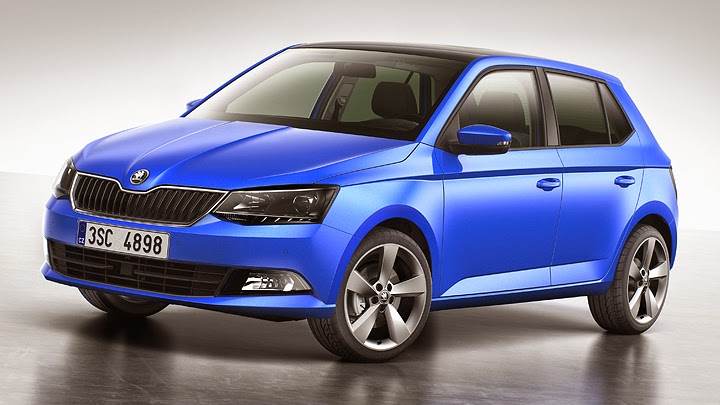
Fabia is particularly interesting for Škoda because it was its first car entirely conceived under Volkswagen AG’s ownership, with its first generation dating back to 1999. Even though such purchase would mean having financial stability once again, the Czech automaker had another problem with which to deal: its image was as bad as being referred to as the “laughing stock” of the automotive world. The only way to make people really believe that this company was changing would be to go bold, and this is what Škoda did through publicity. TV advertisements such as this, this and this not only created the slogan which was mentioned at this article’s initial paragraph, as finally gave the company a chance for a new start.
Škoda’s following steps were dedicated to strenghten this new image, whether by presenting more models (like renewed Octavia and Superb), all based on VW’s technologies, or increasing the offers of those with more body variations. Since the sales started to show a great recovery, mostly in Europe, the company felt free to “leave its comfort zone” in the following years, with much more creative models like Roomster and Yeti. Škoda ended the 2000s with both better sales and reputation than ever, so it could finally afford to start worrying with less urgent problems. The most important of them was the fact that its image was still considered too rational. So, since the intention was not to make it a direct competitor for Dacia, it would be necessary to make some changes.


Octavia, for instance, reached its fourth generation focusing on sophistication with a hint of sportiness, brought by the RS variations. The new Rapid, in turn, tries to attract families with the roomy cabins of both its sedan and Spaceback models. And now, it’s time for Fabia to follow its siblings and become “expressive and emotional”, as the company states. The external design materializes that by combining a set of lines whose inspiration is clearly Fabia’s bigger brothers to some hints of creativity. One of them is the roof silhouette, which does not remind of any other modern hatchback. Considering how many of them have been released in the past few years around the world, this is definitely a big deal.
Another interesting point is the connection between Fabia’s compact-car shape to Škoda’s signature design cues: the rectangular headlights and grille aid to an imponent look, while the tailgate creases give a three-dimensional effect which lead to think of a notchback car. Besides, investing in straight lines is great for increasing the room for both people and luggage. However, this is as far as one can speak about the new Fabia’s cabin, because there is no official information (or pictures) about it yet. Since this vehicle will make its official début at this year’s Paris Auto Show, the remaining details are expected to appear in a few weeks. This article will be updated after that.